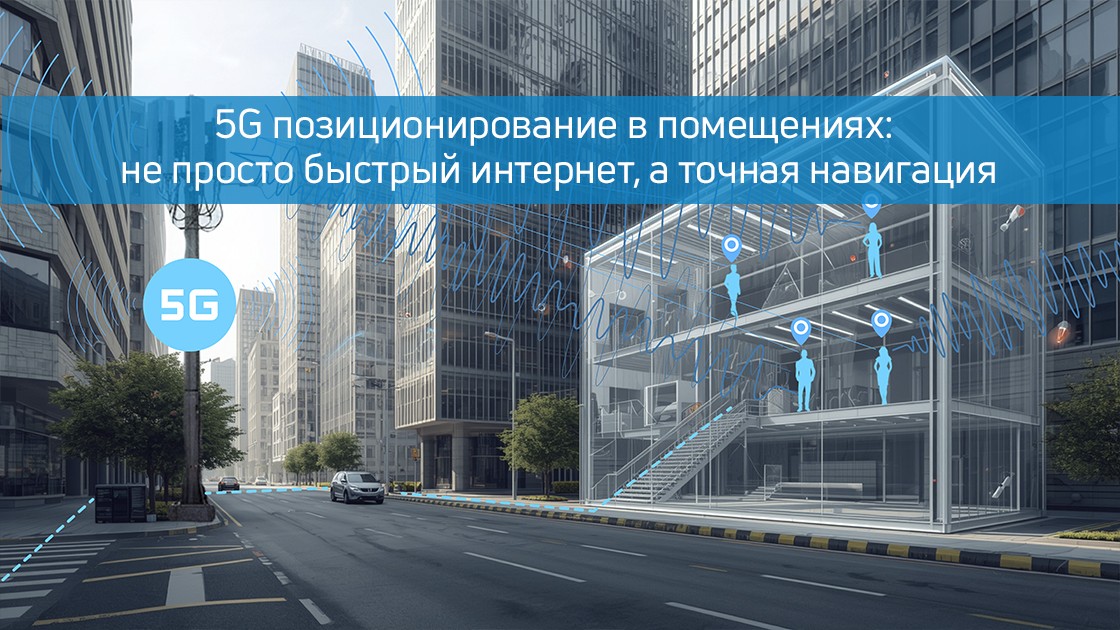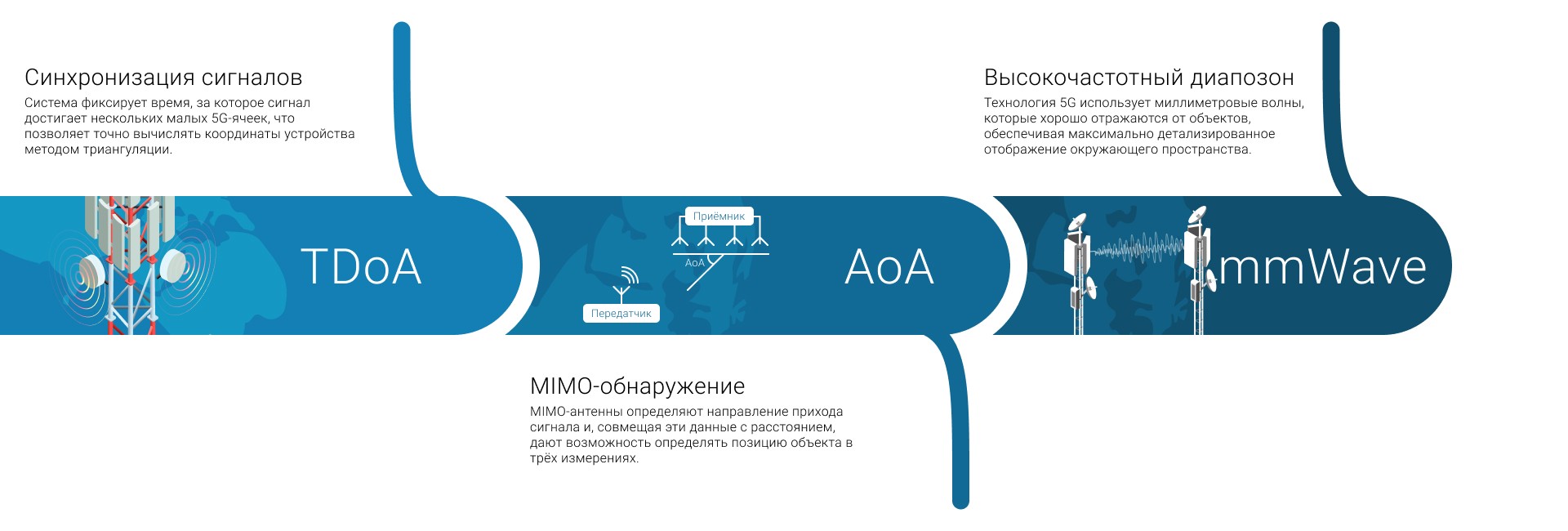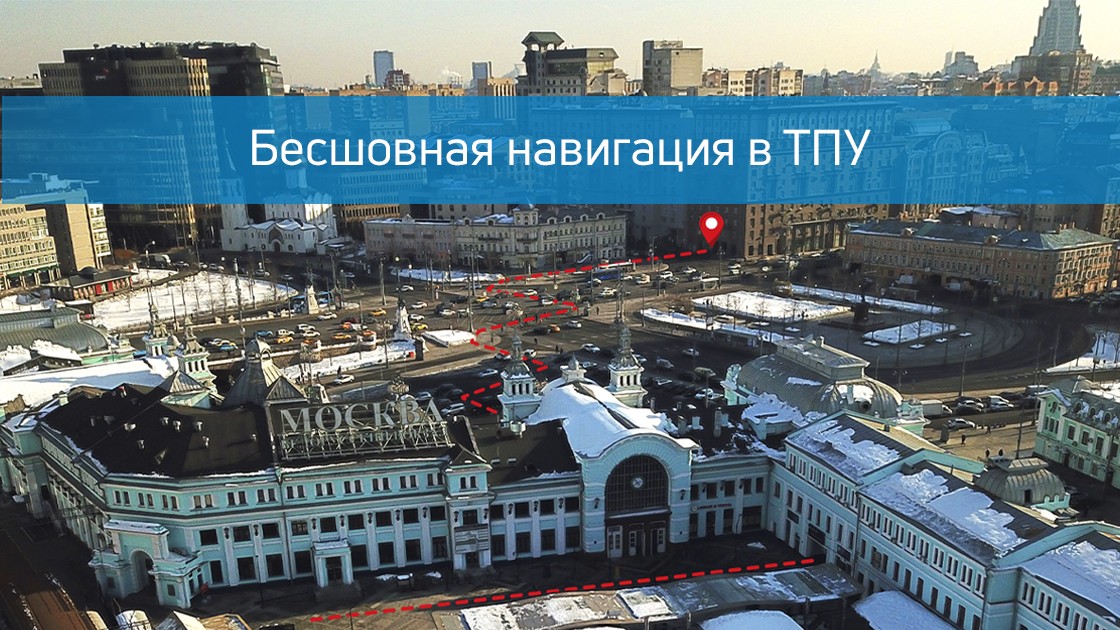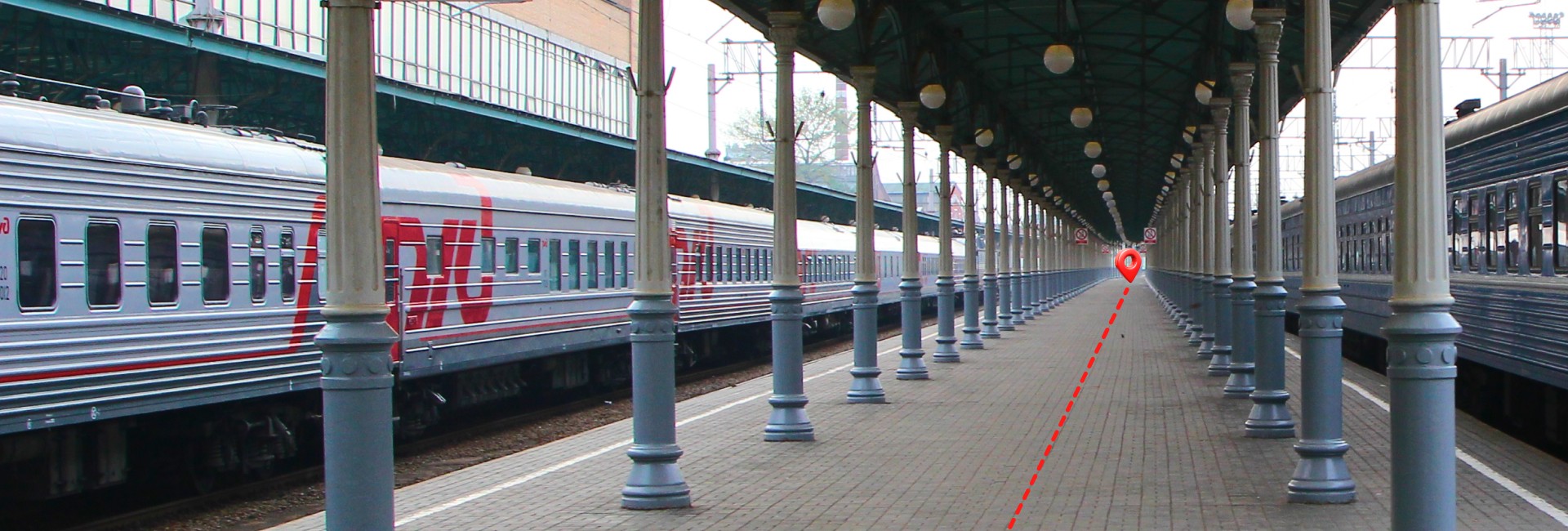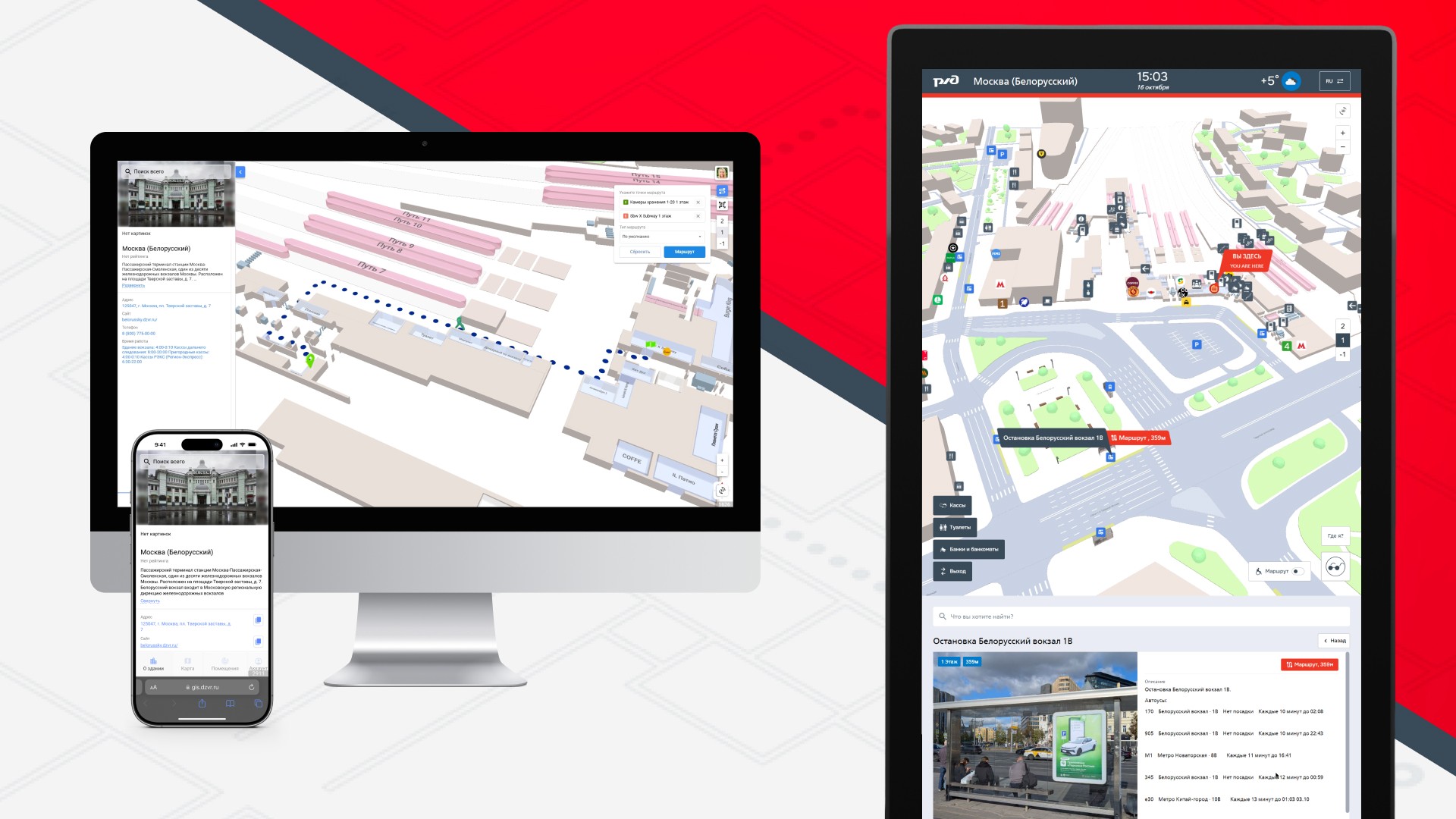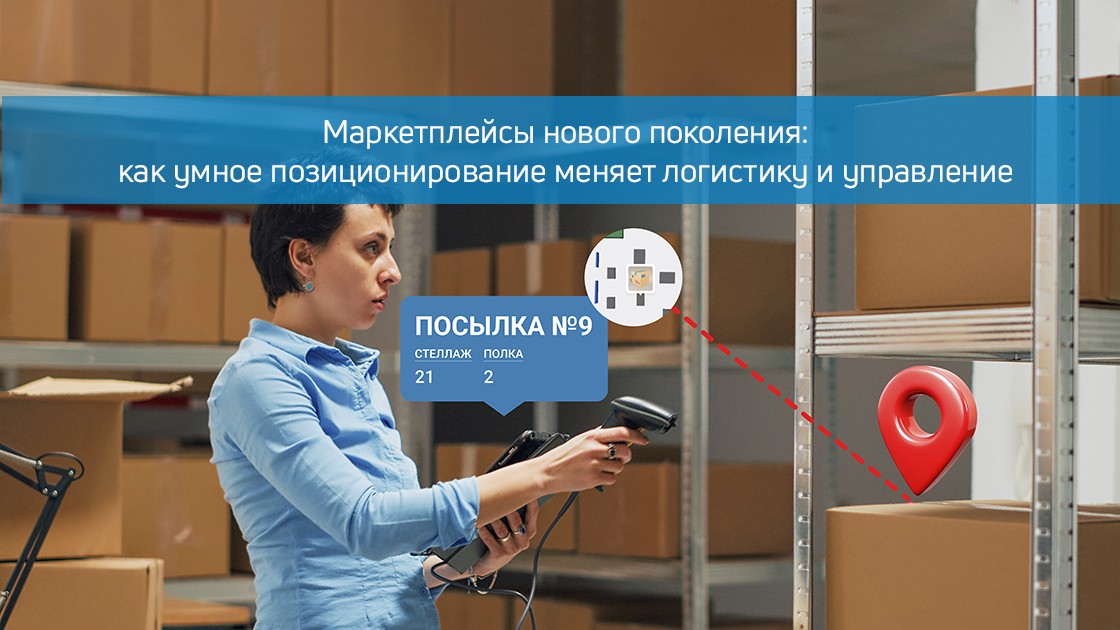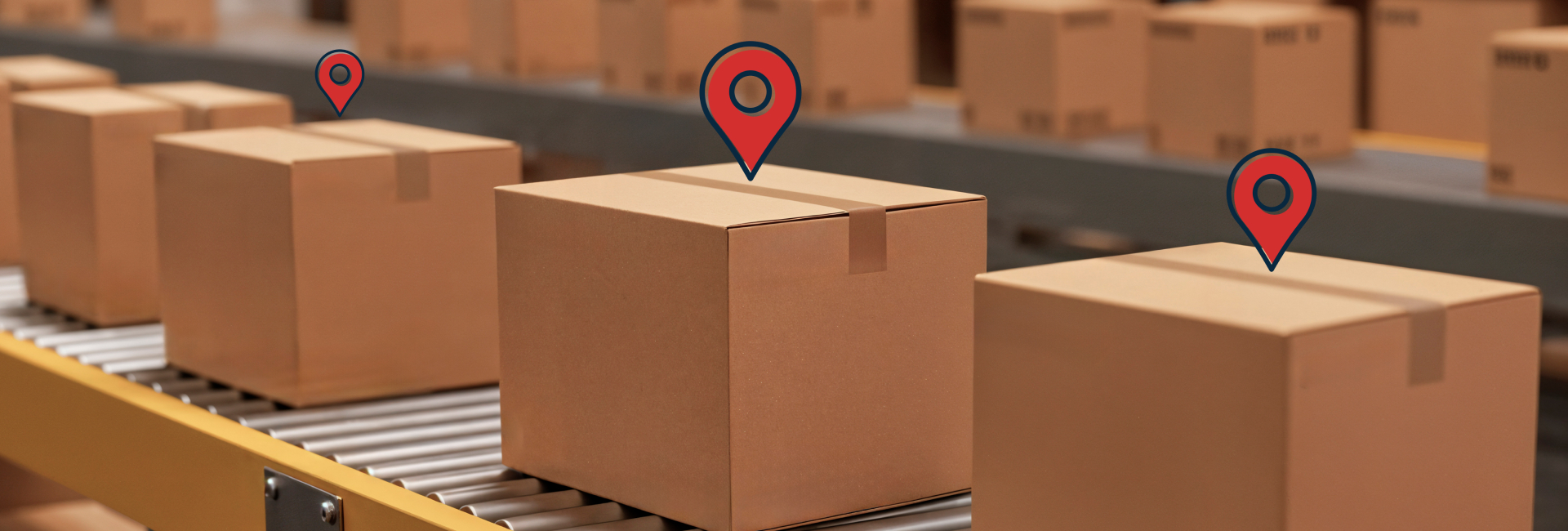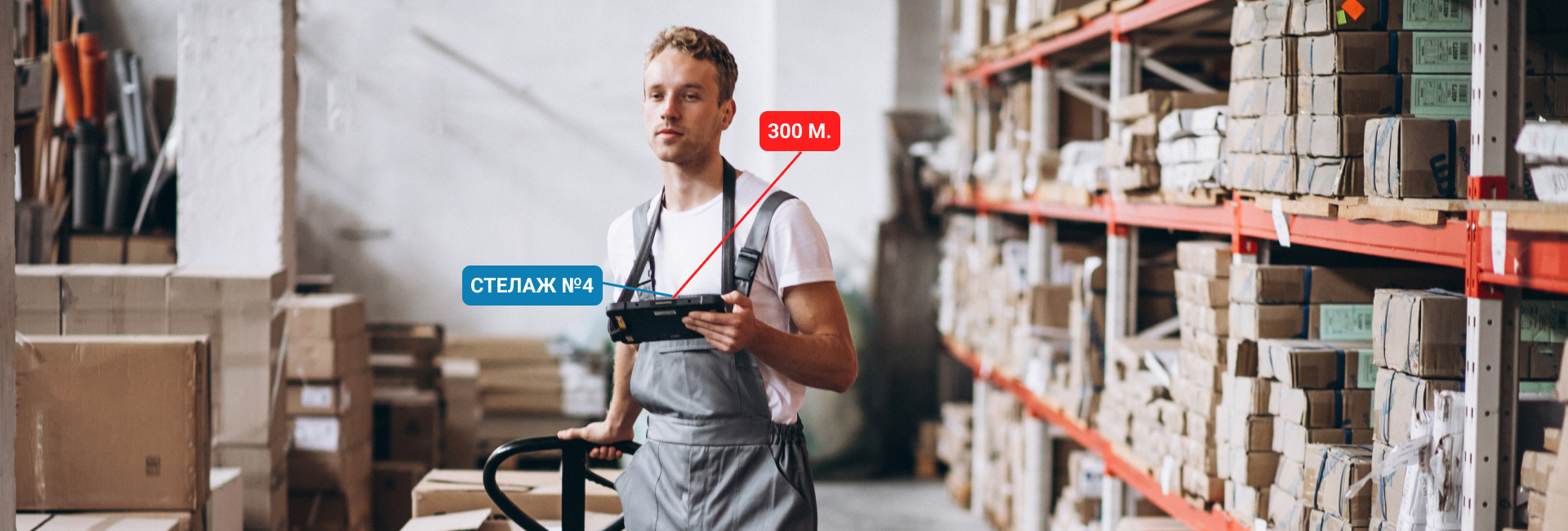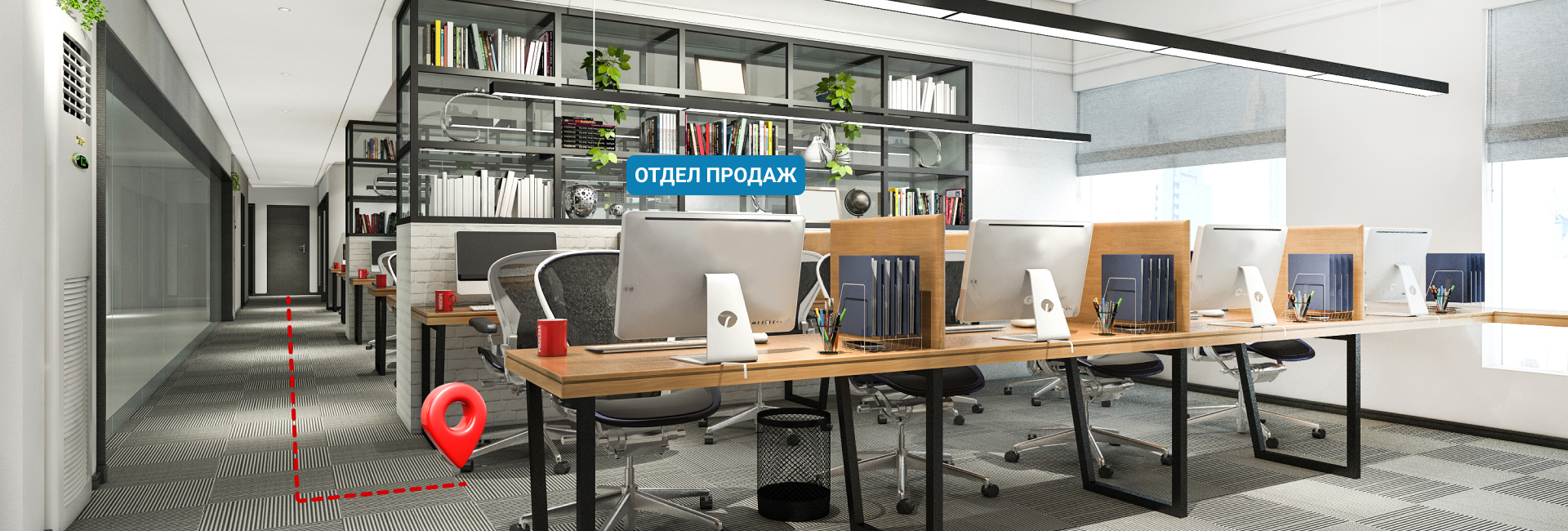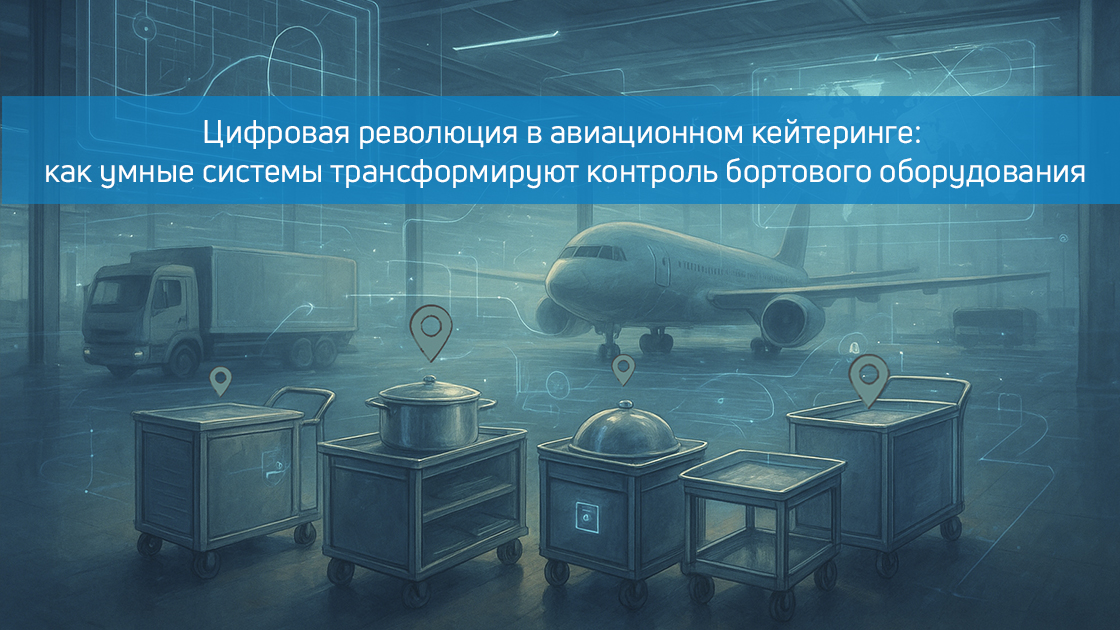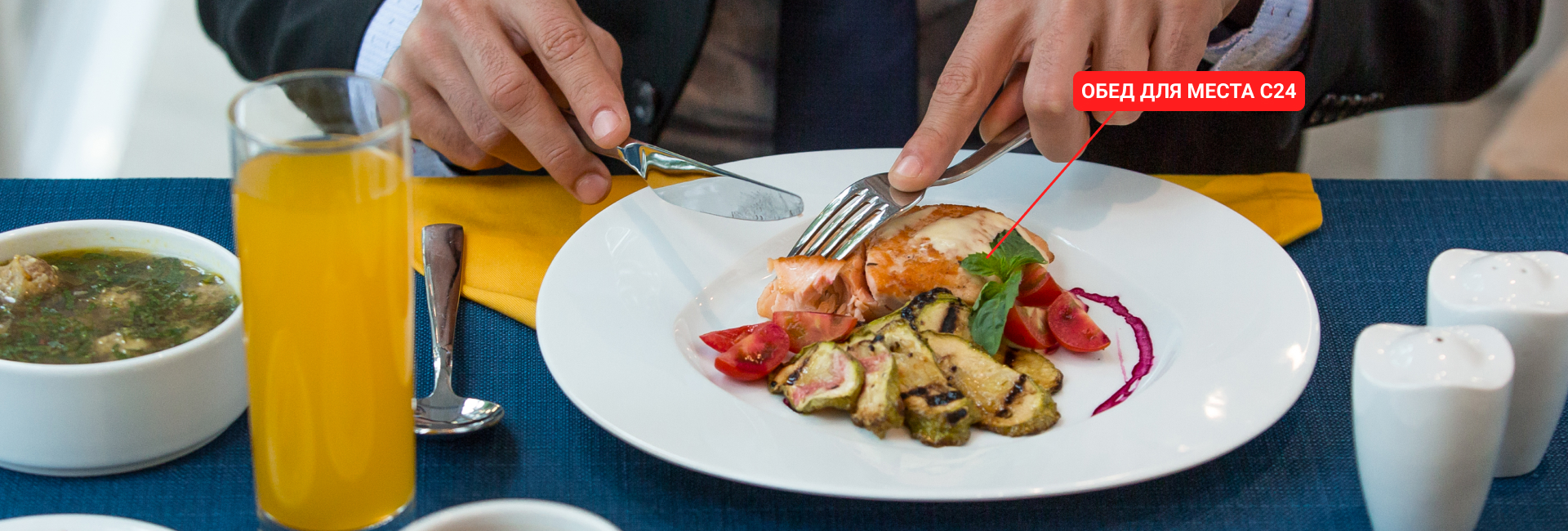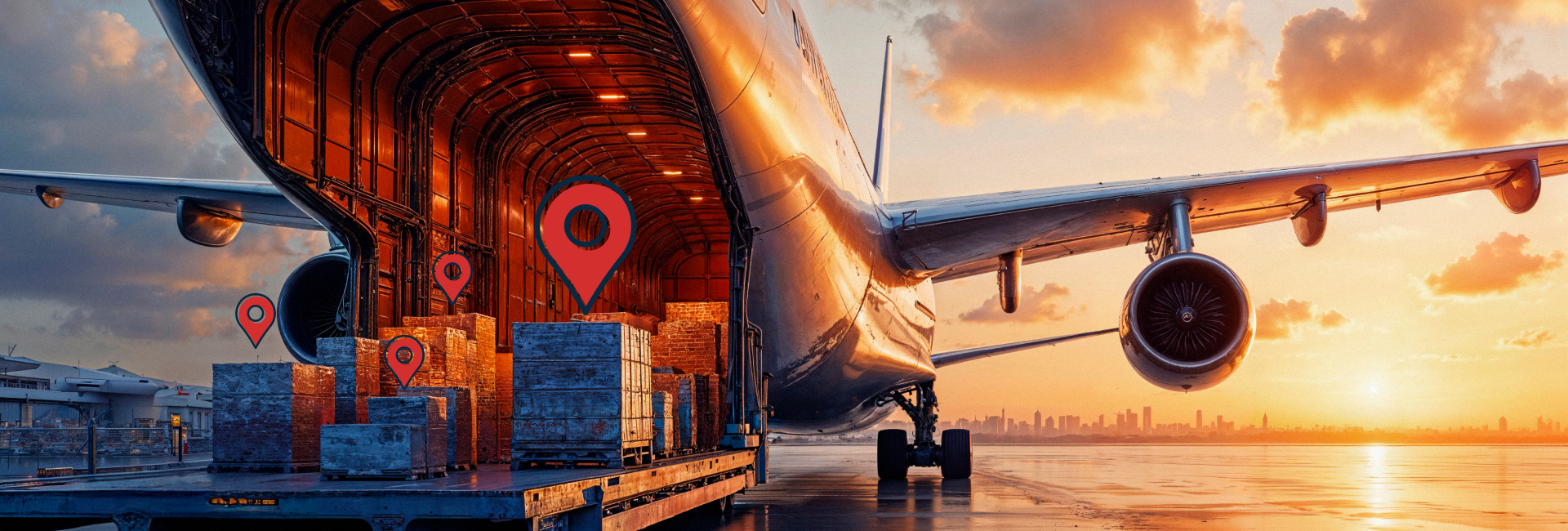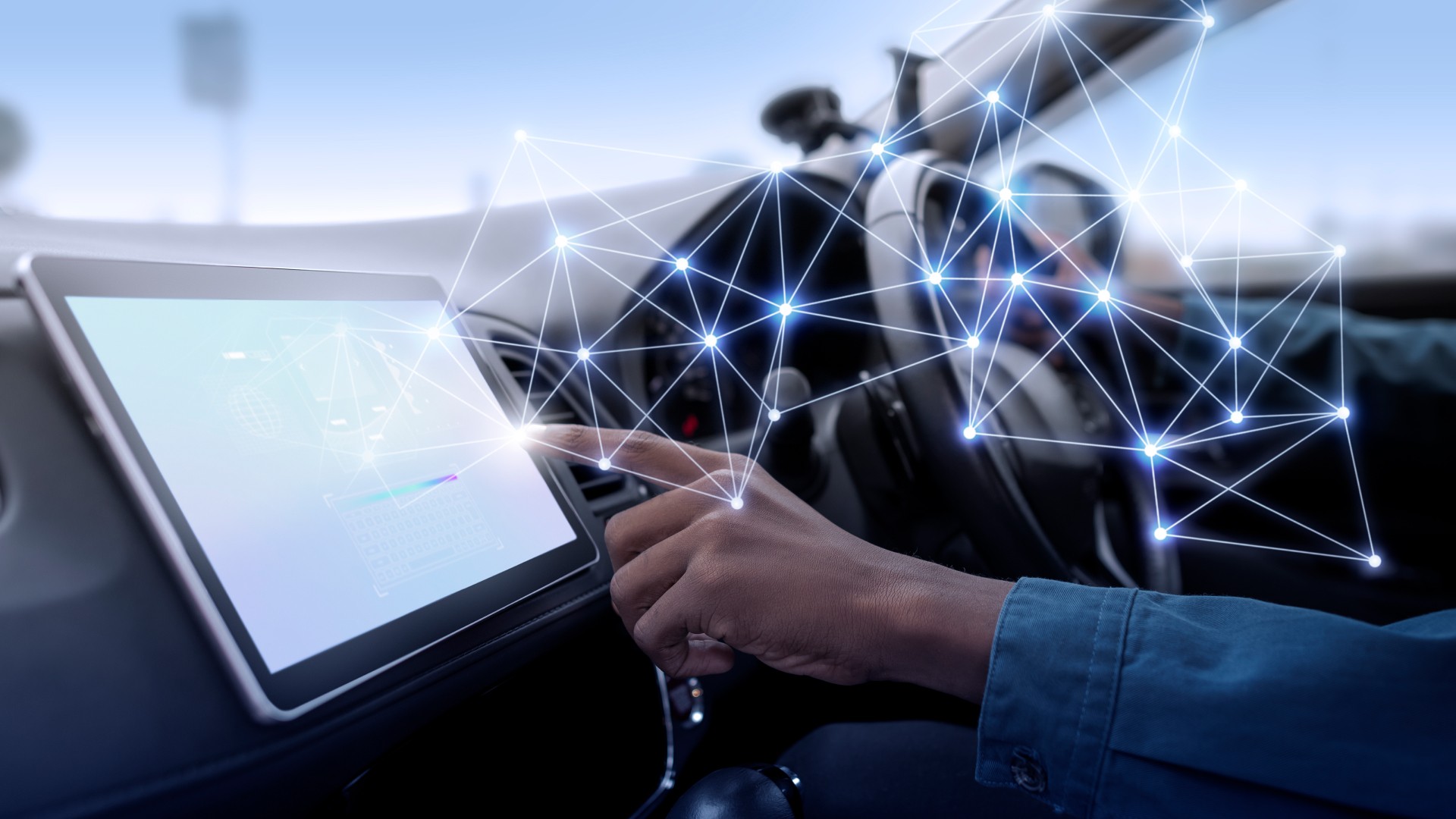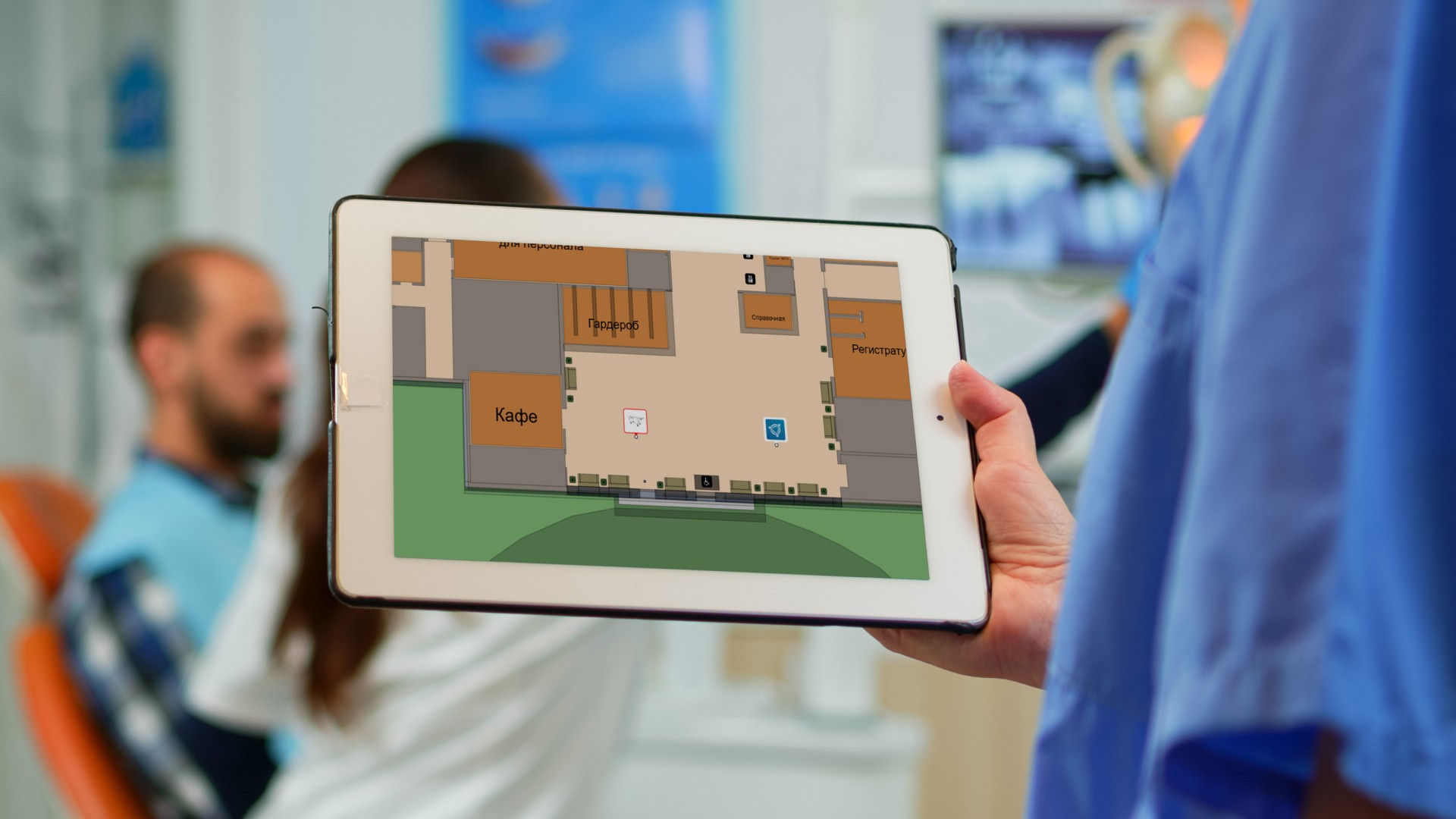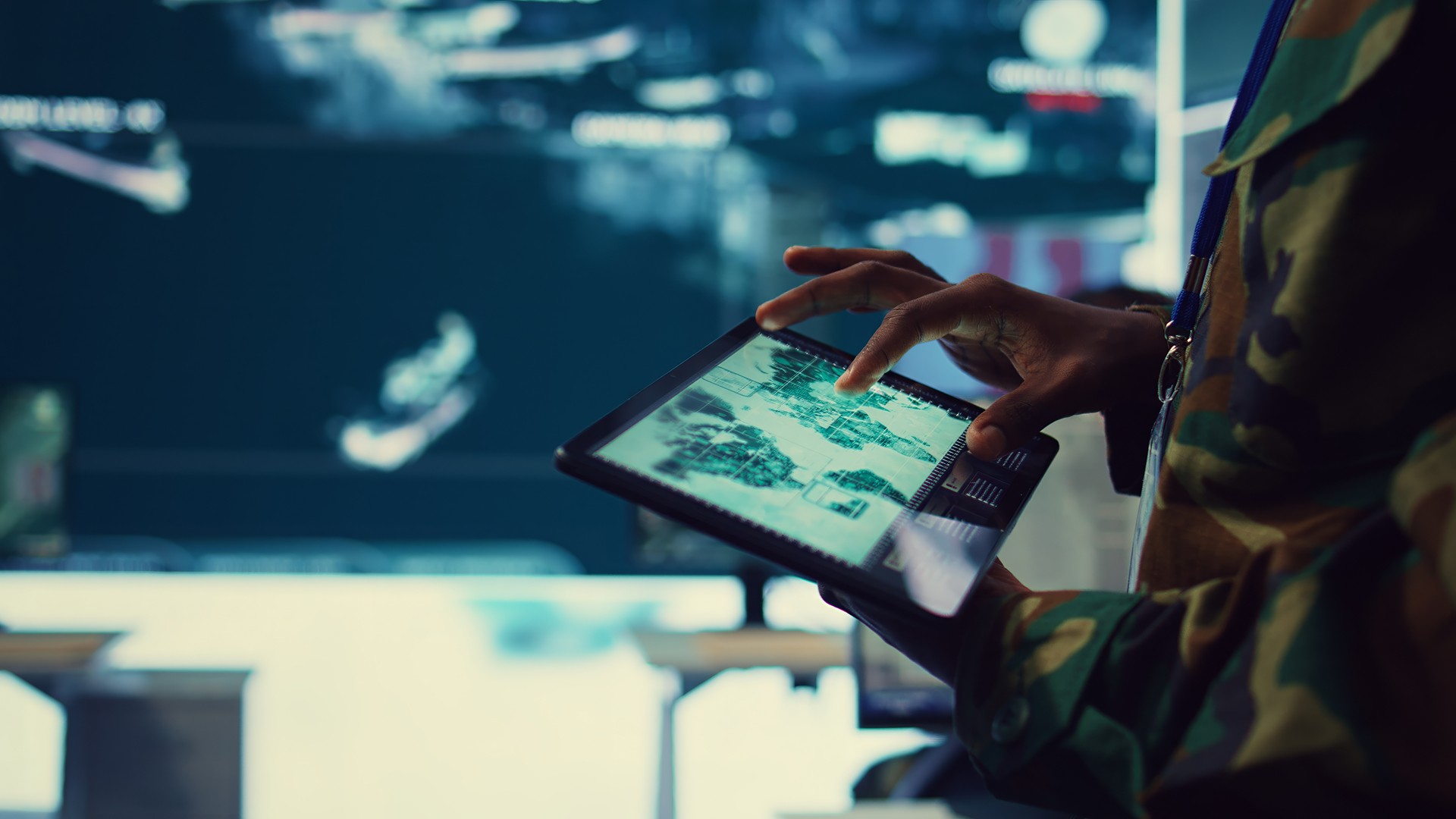Образование в цифровую эпоху
В современном мире образование переживает период масштабных трансформаций. По последним данным Министерства науки и высшего образования РФ, в России функционирует более 1200 высших учебных заведений. В этих вузах обучается свыше 4 миллионов студентов. К этому числу добавляются сотни колледжей и техникумов, где получают образование около 2 миллионов человек.
Каждый год количество абитуриентов растёт, а вместе с ним увеличивается и нагрузка на инфраструктуру учебных заведений. Современные университеты представляют собой сложные архитектурные комплексы, где десятки корпусов соединены между собой сетью переходов и лестниц. Для первокурсников и гостей университета ориентирование на такой территории может стать настоящим испытанием.
Почему навигация важна для образовательных учреждений
Проблема ориентации в пространстве учебного заведения касается всех участников образовательного процесса. Студенты, особенно первокурсники, часто теряются в лабиринтах университетских коридоров. Абитуриенты и их родители тратят драгоценное время на поиски нужных кабинетов. Даже постоянный персонал иногда испытывает трудности с поиском новых помещений после перепланировок.
В этих условиях современные навигационные решения становятся не просто удобным дополнением, а необходимостью. Они помогают создать комфортную среду для всех участников образовательного процесса и существенно повышают эффективность работы учебного заведения.
Инновационные решения в университетской навигации
Сегодня технологии предлагают множество способов решения проблемы ориентации в пространстве. Одним из самых эффективных инструментов стали цифровые карты с интерактивным интерфейсом. Они позволяют построить оптимальный маршрут до нужного кабинета, учитывая все особенности планировки здания.
Мобильные приложения с функцией геолокации стали настоящим прорывом в области университетской навигации. Они не только помогают найти нужный кабинет, но и могут отправлять push-уведомления о важных событиях, изменениях в расписании или экстренных ситуациях.
QR-коды, размещённые на информационных стендах, открывают быстрый доступ к актуальной информации. Сенсорные экраны в ключевых точках университета позволяют получить подробную информацию о расположении помещений и услуг. А голосовые помощники делают навигацию доступной даже для людей с ограниченными возможностями.
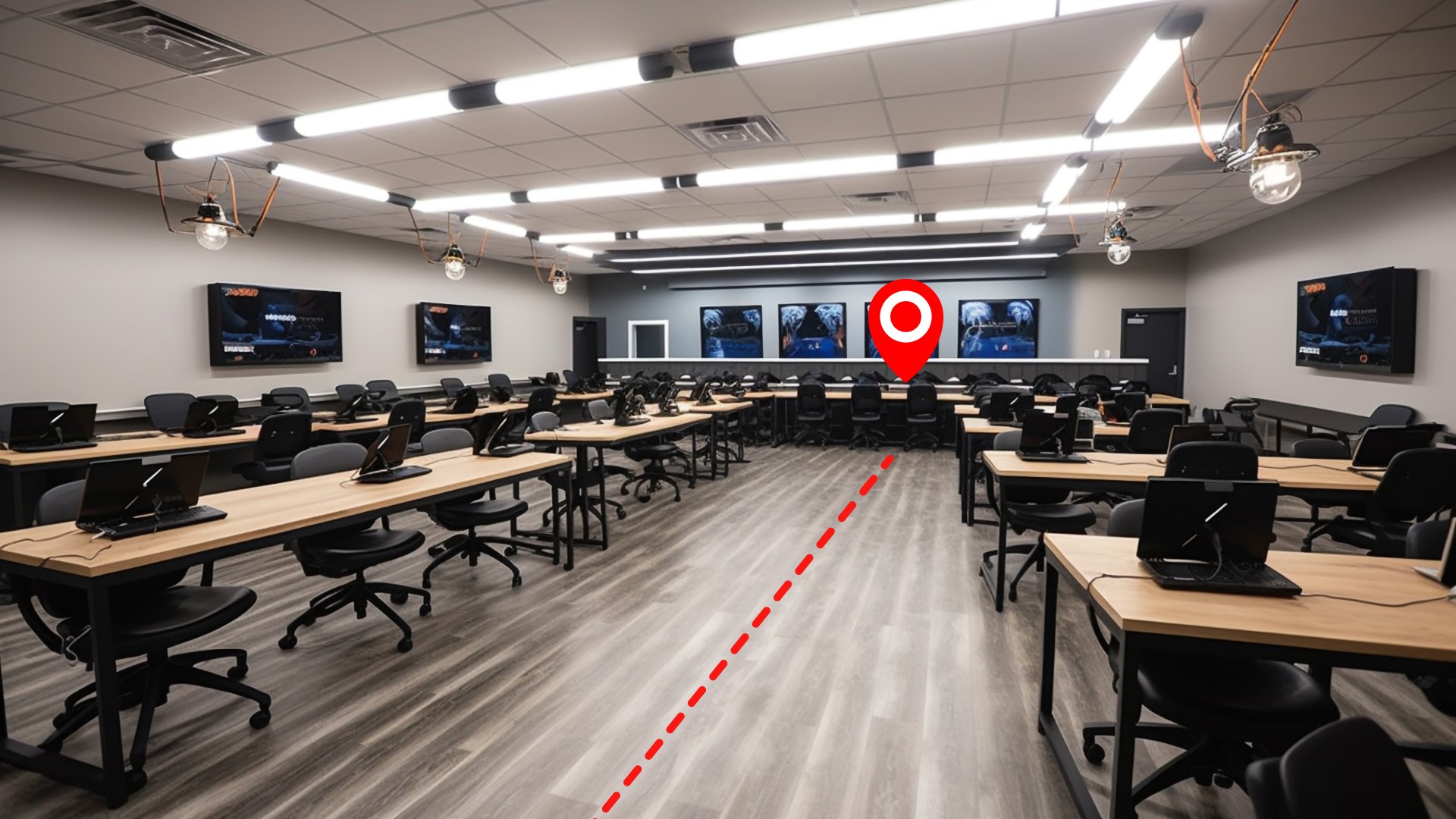
Практическое применение навигационных систем
Внутри зданий современные университеты используют целый комплекс решений. Динамические указатели направления помогают ориентироваться в реальном времени, а интерактивные схемы этажей позволяют детально изучить планировку помещений. Световые индикаторы маршрутов создают дополнительную визуальную поддержку для навигации.
На открытых пространствах кампуса применяются уличные информационные стенды с Wi-Fi навигацией. Технологии дополненной реальности позволяют строить маршруты с учётом текущей ситуации на территории университета. Это особенно важно в периоды плохой погоды или ремонтных работ.
Преимущества для разных групп пользователей
Для студентов современная навигация открывает новые возможности. Они могут быстро находить нужные аудитории и кабинеты, получать оповещения о переносе занятий и изменениях в расписании. Система подсказывает расположение ближайших кафе, библиотек и других сервисов, делая студенческую жизнь более комфортной.
Абитуриенты и их родители получают возможность самостоятельно изучить территорию вуза, найти приёмную комиссию и получить всю необходимую справочную информацию. Это снижает стресс при поступлении и создаёт положительное первое впечатление об учебном заведении.
Персонал университета также выигрывает от внедрения современных навигационных систем. Администраторы тратят меньше времени на объяснения маршрутов, а единая система управления информацией позволяет оперативно реагировать на изменения.
Мировой опыт внедрения навигационных систем
Ведущие университеты мира активно внедряют инновационные решения в области навигации. Массачусетский технологический институт использует технологии дополненной реальности для создания интерактивных карт кампуса. Стэнфордский университет применяет искусственный интеллект для анализа потоков студентов и оптимизации маршрутов.
Кембриджский университет интегрировал биометрическую идентификацию в свою систему навигации, что позволяет не только определять местоположение студентов, но и обеспечивать дополнительный уровень безопасности. Подобные решения становятся стандартом для ведущих образовательных учреждений.
Российские кейсы
Отечественные вузы не так активно внедряют современные технологии навигации. Даже у московского государственного университет имени М.В. Ломоносова нет своего мобильного приложения с навигацией по кампусу и внутри учебных корпусов.
А вот московский физико-технический институт имеет цифровую web-карту и применяет студенческое мобильные приложения с функциями дополненной реальности, которые помогают ориентироваться не только в зданиях, но и на территории кампуса.
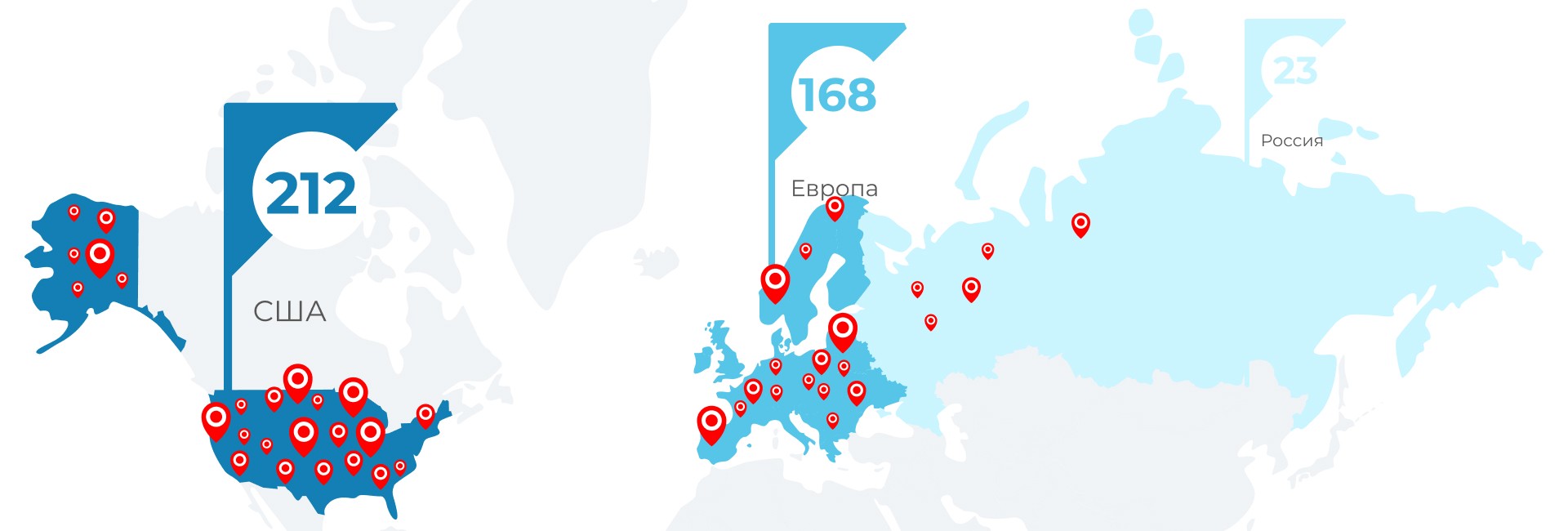
Будущее университетской навигации
Перспективы развития навигационных систем в образовании выглядят впечатляюще. Интеграция с системами умного города позволит создавать ещё более эффективные решения для ориентации в пространстве. Применение искусственного интеллекта откроет новые возможности для персонализации навигации.
Развитие персонализированных сервисов сделает систему более удобной для каждого пользователя. Нейросети смогут анализировать потоки студентов и предлагать оптимальные маршруты с учётом текущей загруженности помещений и коридоров.
And what happened in the end
Современные навигационные решения становятся неотъемлемой частью образовательной инфраструктуры. Они не только облегчают жизнь студентов и сотрудников, но и повышают престиж учебных заведений, демонстрируя их готовность к технологическим вызовам будущего.
Внедрение умных систем навигации — это инвестиция в качество образования и комфорт всех участников образовательного процесса. В условиях растущей конкуренции между учебными заведениями такие инновации становятся важным конкурентным преимуществом.
Компания Индорс Навигейшн готова предложить комплексные решения для создания современной навигационной инфраструктуры в образовательных учреждениях любого.
Leave a request for: https://indoorsnavi.pro/
👇 Subscribe and keep up to date with innovations! 👇


